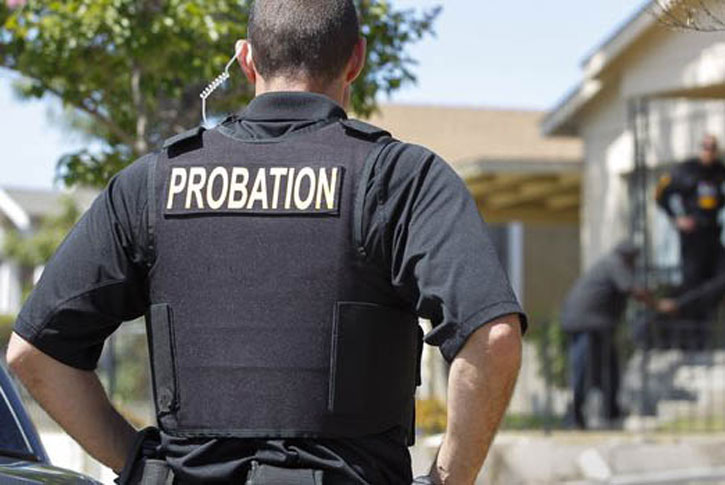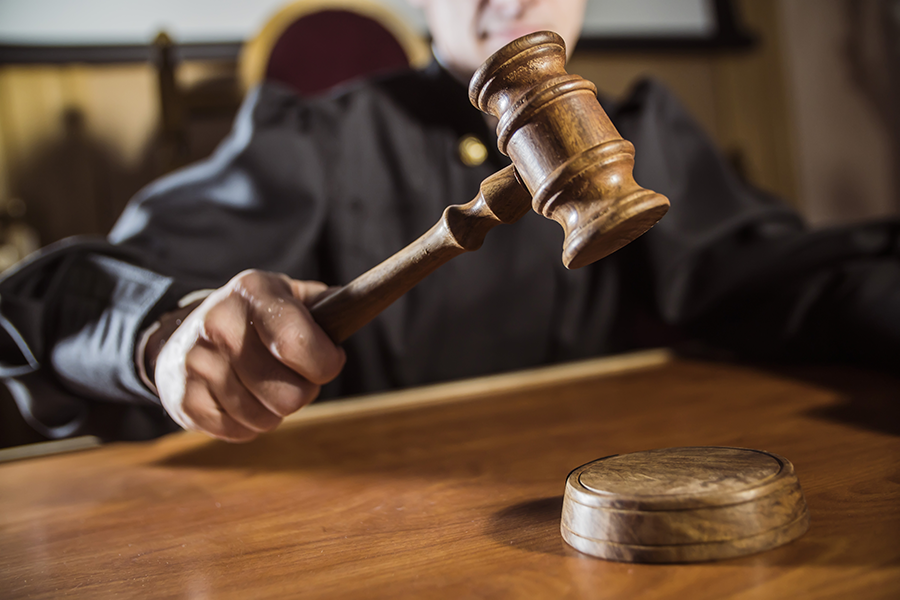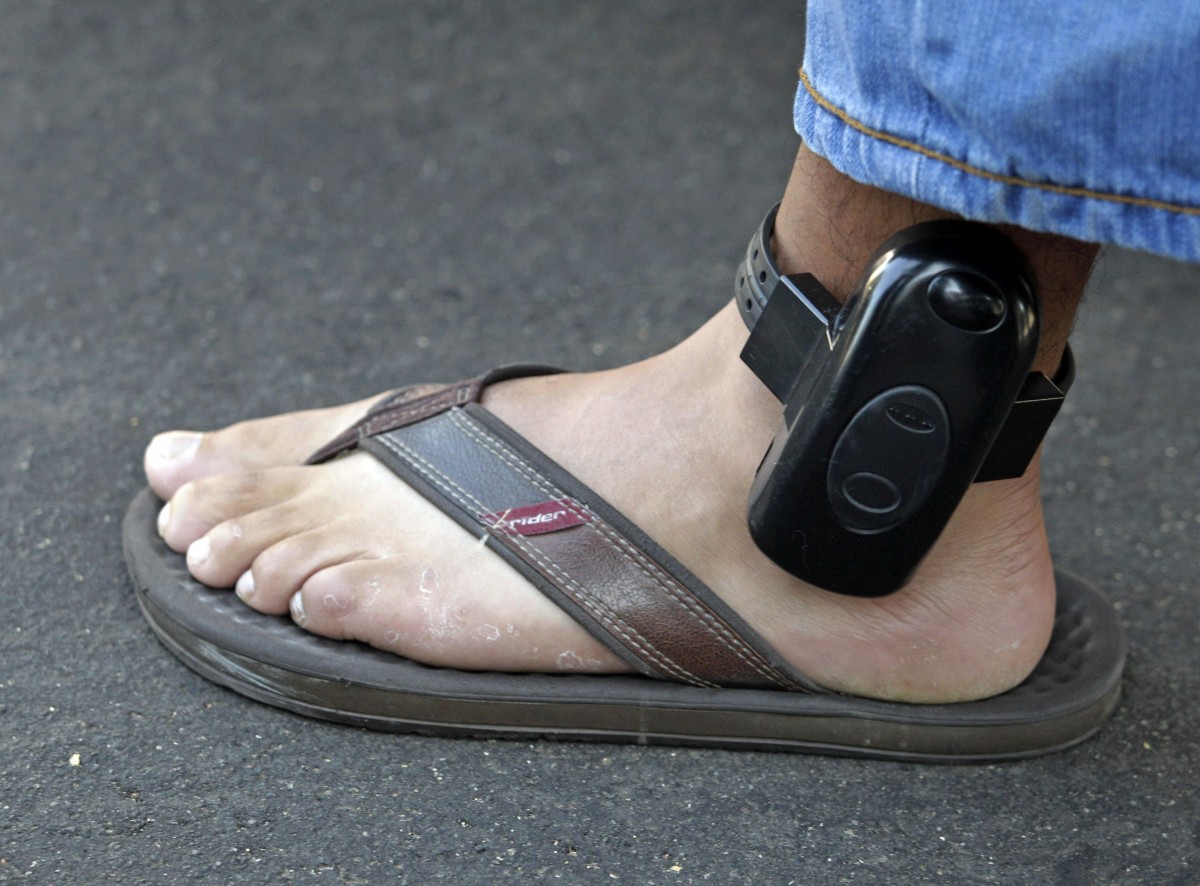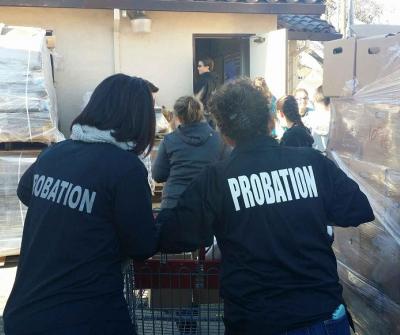Probation
Probation is the release of an offender from detention,
subject to a period of good behavior under supervision.
Multiple Types Of Probation
- Informal Probation
- Supervised Probation
- Community Control
- Shock Probation
- Diversion Courts
Reach For It Tucson works for you when you are convicted of crime.
Probation is almost always going to be part of your sentence. Probation essentially means the state is keeping watch over you to ensure you are complying with the law and any other terms of your probation. Probation can involve a variety of terms with a variety of requirements necessary to comply with terms.


Type One: Informal Probation
Informal probation is alternatively known as court probation or unsupervised probation. It is the probation assigned to low-risk offenders. It typically involves nothing more than paying your fines and fees and agreeing to commit no more violations of the law for the period of probation, typically 12 to 18 months. The court will often order a suspended jail sentence as part of the probation. If you comply with the terms you won’t have to go to jail, but if you fail to pay your fines or commit another crime the court will send you to jail.

Type Two: Supervised Probation
A more intense form of probation is known a supervised or or formal probation. If you are on supervised probation you will have to report to a probation officer on a regular basis. Supervised probation will typically have much stricter requirements. You may be required to attend counseling, submit to random drug or alcohol checks, make restitution payments to victims of your crimes, and maintain gainful employment. If you fail to meet any of these requirements you can be sent to jail almost immediately.

Type Three: Community Control
Community control is the strictest form of probation. Effectively a jail sentence without the jail, an offender on community control will be monitored at all times. Typically this is achieved through use of an ankle monitor. The offender wears the ankle monitor for the duration of his probation and his whereabouts can be tracked at all times. Additionally, all of the other requirements of probation still apply, including payment of fines, counseling and maintaining employment. Some states have more restrictive types of community control programs including electronic surveillance for sex offenders.

Type Four: Shock Probation
Shock probation came to prominence in the late 1990s. In a shock probation scenario, the judge sentences you to the maximum prison or jail sentence allowable under the law. Then within a short period, typically around 30 days, the judge brings you back into court and releases you to a standard supervised probation program. The rationale behind shock probation is that the brief stay in jail or prison will literally shock you into complying with the terms of your probation.

The Ins and Outs of Diversion Courts
Diversion courts are not exactly probation but they operate in the same manner. Rather than being placed on probation post-conviction, you enter the program before going to trial. If you complete the requirements the charge against you is dropped. Diversion typically involves all of the same requirements as supervised probation.
